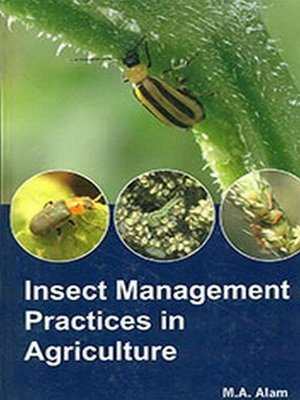
Sign up to save your library
With an OverDrive account, you can save your favorite libraries for at-a-glance information about availability. Find out more about OverDrive accounts.
Find this title in Libby, the library reading app by OverDrive.



Search for a digital library with this title
Title found at these libraries:
| Loading... |
Integrated pest management requires an understanding of the ecology of the cropping system including that of the pests and their environment. For example, temperature is the primary factor determining the rate at which insects develop; higher temperatures increase the rate of development. Temperature can be important when determining the frequency of insecticide applications. In sweet corn for example, the interval between insecticide applications for the European corn borer can be increased when the weather is cool because eggs are not hatching as rapidly and the rate of larval development is slower; with warmer temperatures the situation is reversed. The book contains a wealth of information on all aspects of insect pest management in agriculture under Indian conditions and would prove indispensable for students, teachers and researchers in agricultural entomology in India and other Asian countries.






